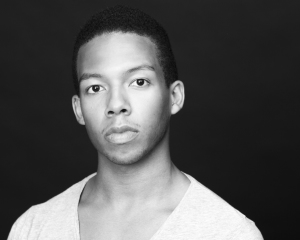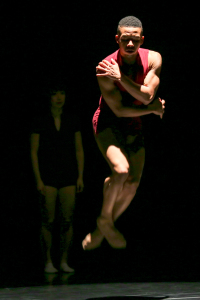
by Alessa Ashley Rogers
Looking forward, looking back.

On October 7, 2014, 27 dancers waited expectantly in Atlanta Ballet’s sun-dappled studio 1. What we knew: Our resident choreographer, Helen Pickett. And the play, Tennessee Williams’ Camino Real which we had been expected to read.
What we didn’t know was how Helen would transform an obscure, largely unsuccessful play into a full-length world premiere ballet with original costumes, sets and score which would be critically acclaimed for its “sheer magic.”
Flash forward 30-some months later and Camino Real is being re-staged at Atlanta Ballet for the second time. Many things are different in our world of the studio and in the larger world. A new president has taken office. At Atlanta Ballet, change is heavy on our minds as thirteen dancers prepare to depart the company at the end of this season. [Read more…]









